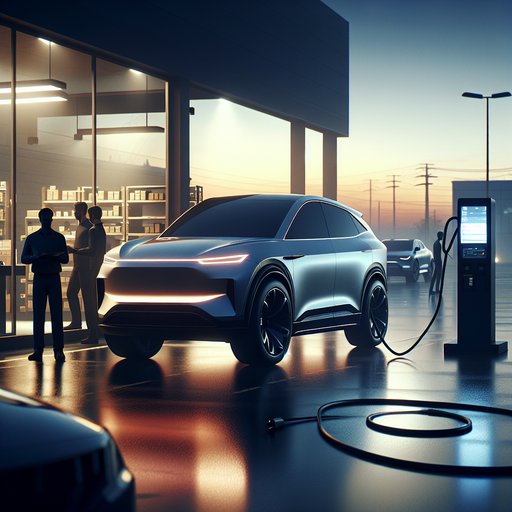
We put 14,200 miles on a 2024 Hyundai Ioniq 5 AWD Long Range in a 12‑month mixed-use test, focusing on first-year service, recall handling, parts availability, and dealer support to see how EV ownership plays out beyond the spec sheet.
Our test car is the dual‑motor Ioniq 5 (77.4‑kWh pack, 320 hp, 446 lb‑ft) rated at 260 miles EPA. The 800‑V architecture enables up to 235‑kW DC fast charging when the pack is warm. We drove primarily in the Northeast—40% highway, 50% suburban, 10% urban—with temperatures from 18°F to 92°F, using DC fast charging on trips and a Level 2 home charger for daily top‑ups. Hyundai’s schedule for EVs centers on inspections and tire rotations.
Over the first year we logged two dealer visits: 7,500 miles (rotation, multi‑point, brake inspection, battery health report) and 15,000 miles (rotation, fluids/top‑offs, cabin filter check). Both services were covered under Hyundai’s 3‑year/36,000‑mile complimentary maintenance, took 45–65 minutes each, and included software checks; no upsell pressure beyond a cabin filter we declined. Brake pads showed negligible wear thanks to strong regen, and the tires measured even wear (8/32 in new; 6/32 at 14k). Recall handling was straightforward.
We received an NHTSA notice and in‑app message for a campaign addressing potential overcurrent in the Integrated Charging Control Unit (ICCU), which in rare cases could lead to 12‑V discharge and a no‑start. Our dealer first applied a software update (45 minutes). A week later, they installed the related fuse/wiring kit (about 1 hour). Total downtime was under 2 hours across two appointments.
No drivability issues occurred before or after, and the dealer provided clear documentation of the remedy and test results. Parts availability was mixed. Routine items (wipers, cabin filters, TPMS sensors) were stocked. The ICCU kit was special‑order; quoted 7–14 days, ours arrived in 9.
The service desk also quoted 5–10 business days for high‑voltage components if ever needed, with expedited shipping possible for immobilized vehicles. Accessories like all‑weather mats were immediate, while mudguards took 5 weeks due to backorder. Alignment and tire services were available in‑house, but winter tire sizing was easier through a third‑party shop. Customer care impressed overall.
Online scheduling was simple, with same‑week appointments and text updates during visits. Advisors were EV‑literate, explaining preconditioning updates and charge‑curve effects. The lounge had 48‑A Level 2 charging for customers. Loaners were offered only if the car stayed overnight; ours did not.
Hyundai’s roadside assistance confirmed flatbed coverage for EVs and would have towed to the nearest EV‑certified dealer at no charge within warranty limits. After a year, the Ioniq 5’s ownership experience feels low‑drama: minimal maintenance, clear recall communication, and acceptable waits for non‑stock parts. We recommend booking first‑morning service slots to minimize dwell time, verifying the dealer’s EV certification, and checking for open campaigns in the MyHyundai app before each visit. If you road‑trip often, keep the included portable charger in the frunk and enable battery preconditioning after nav updates.
Overall customer care was consistent and transparent, aligning with the car’s strong real‑world usability.












